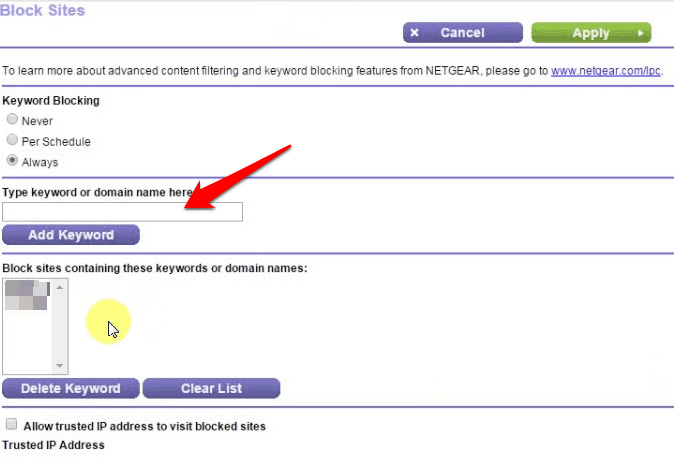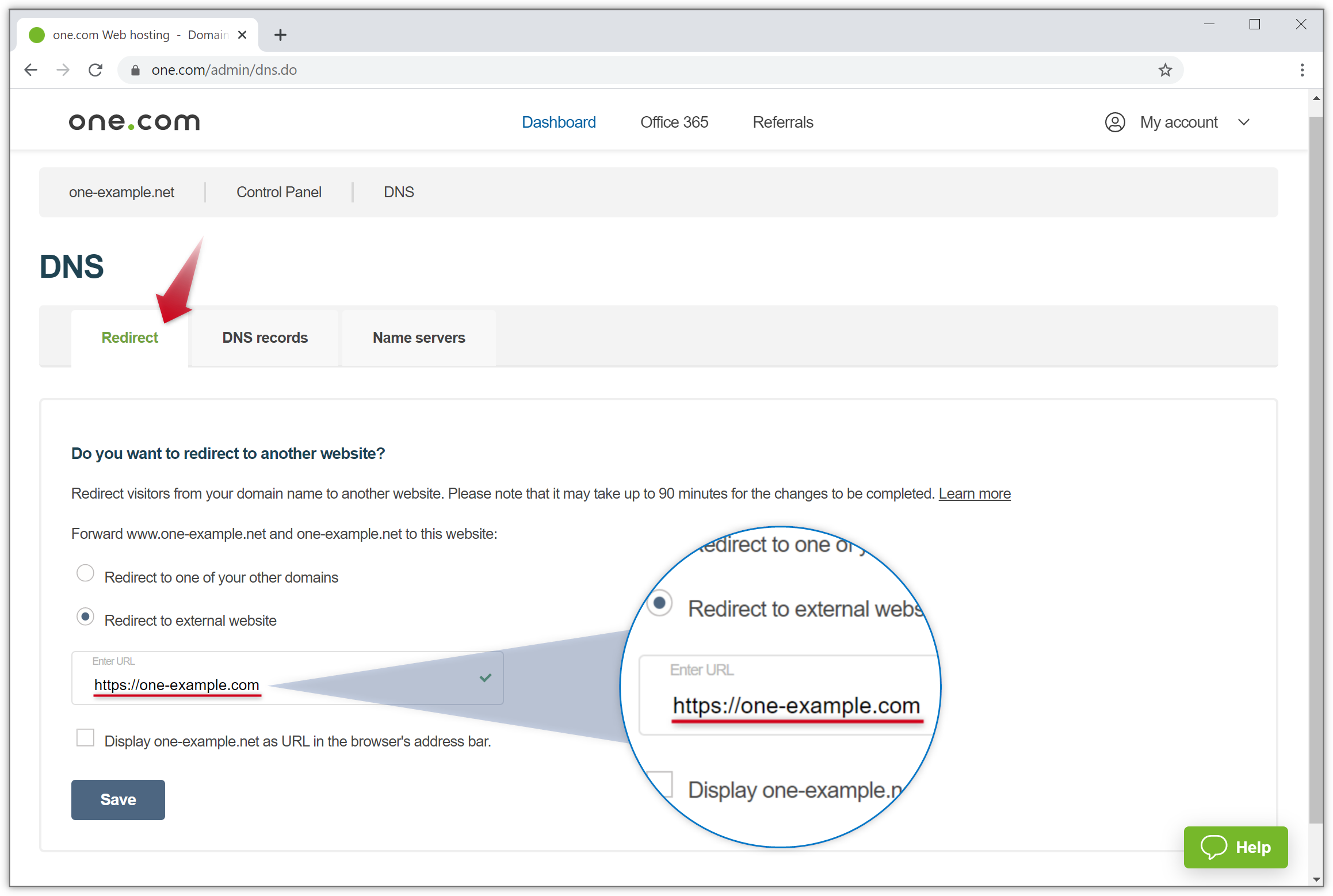

By clicking on it, the website for the blacklisting opens, and further instructions are provided there. - If an IP address is listed, the listing will appear on top, in red.The following two blacklist monitors check against all major and minor blacklists for a quick overview: There are several online tools available to see whether your IP is blacklisted and if so, where it is listed. The following DNS records can help avoiding blacklists:Īpart from getting blacklisted due to emailing behavior, your IP-address can also get listed due to a dirty range, open proxy, generic rDNS, infected servers being abused by a spam bot, or simply hosting a TOR exit node. For more information, please refer to our Spam policy.Īdditionally, creating additional DNS records decreases the chance of ending up on a blacklist.

To avoid getting blacklisted, when sending emails for marketing purposes, always send them to mailing lists that contain email addresses obtained through double opt-in and with a valid unsubscribe URL, as single opt-in is not allowed according to most spam laws. In the case of whitelisting, all access is restrained apart from the elements listed on the whitelist. The opposite of a blacklist is a whitelist. In practice, IP-addresses used for email traffic are often ‘greylisted’ when no rDNS has been set up.

A greylist contains elements that are temporarily blocked until an additional step is performed. IP-addresses may also be listed on greylists. In practice, when you would use your blacklisted IP-address for email traffic, the email will either not get through to the recipient or will end in the recipient’s spam box.īlacklisting means that the IP-address is listed on a blacklist. Within Leaseweb, when we speak about blacklists and blacklisting we refer to email blacklists. A blacklist is a list containing all elements that are not automatically able to access a certain area.


 0 kommentar(er)
0 kommentar(er)
